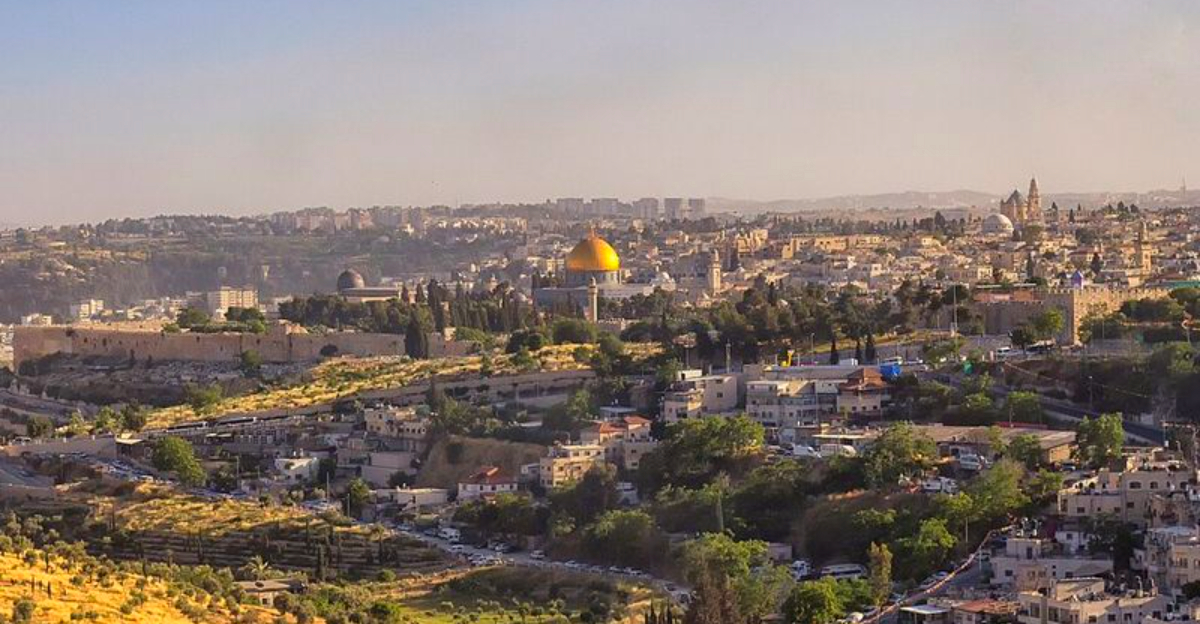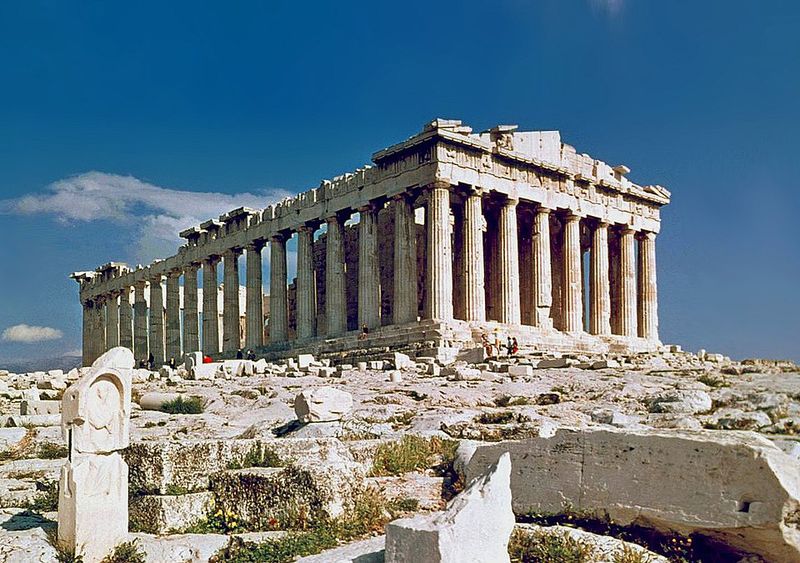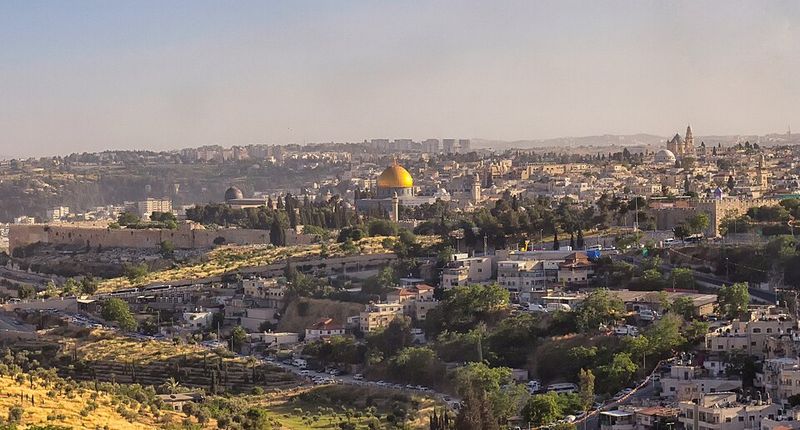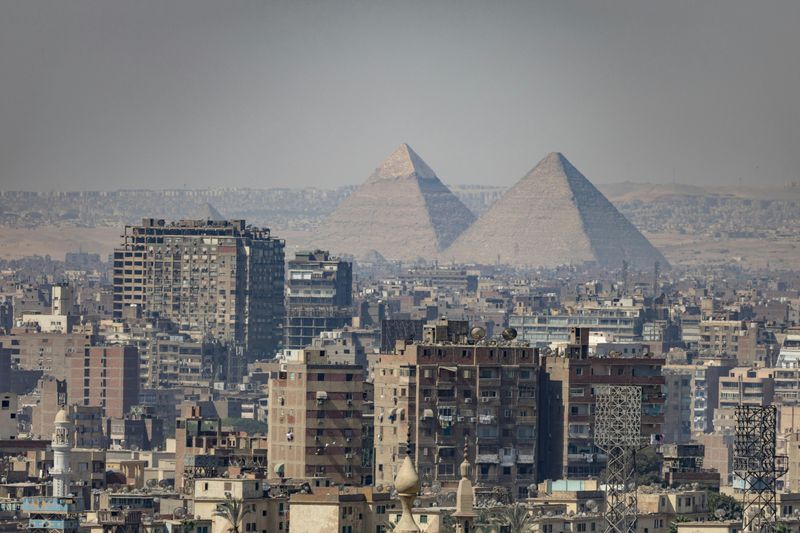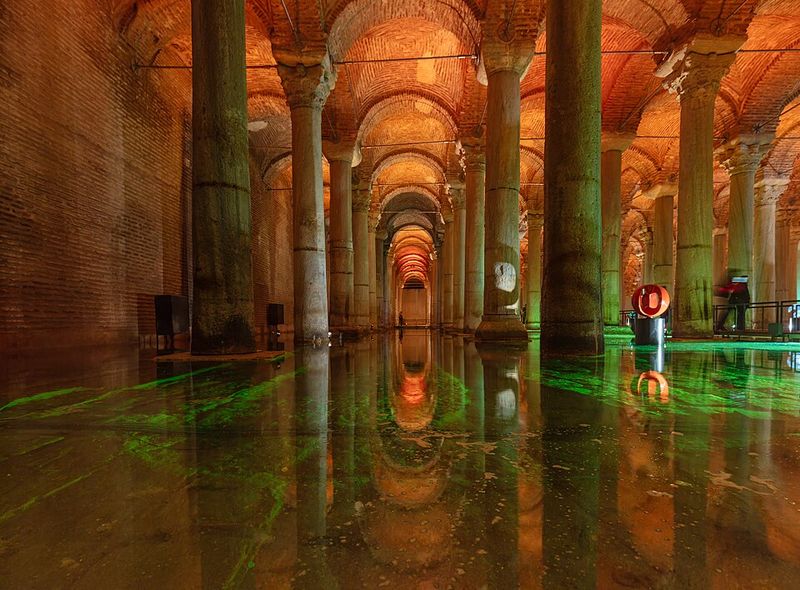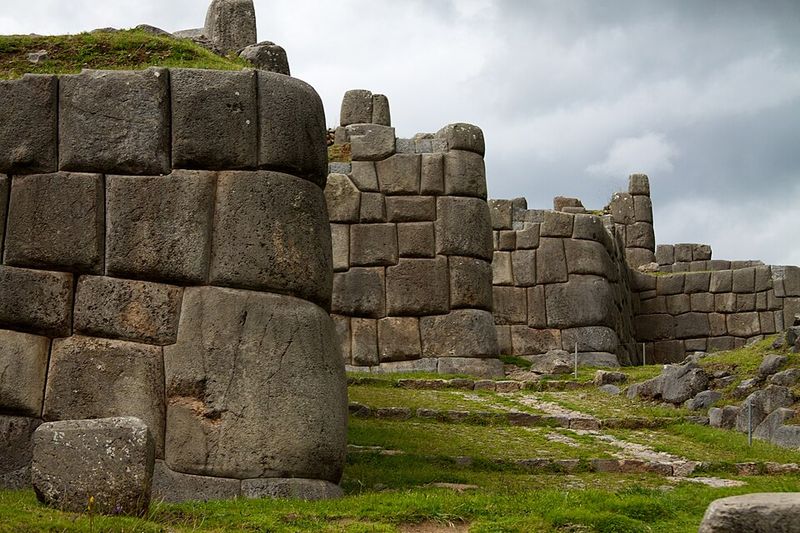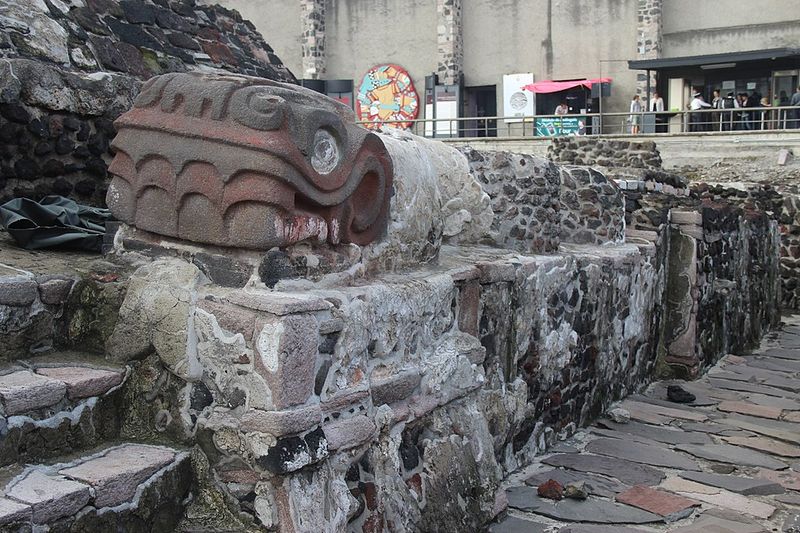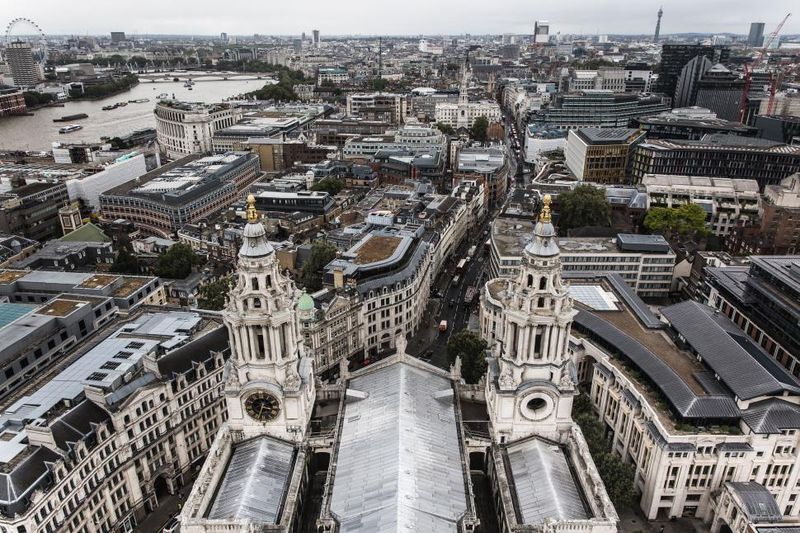Walking through ancient cities, most travelers only see what lies at street level. But beneath your feet, entire worlds wait to be discovered. From forgotten rivers and buried temples to underground armies and secret tunnels, historic cities around the globe hide incredible secrets just below the surface.
1. Rome, Italy – The “Lasagna City” With a Hidden Underworld
Centuries of flooding from the Tiber River slowly buried Rome’s earliest neighborhoods under layers of dirt and debris. Every time the city rebuilt after disasters, workers simply constructed new buildings on top of the old ruins. Over time, the street level rose so much that ancient temples and homes ended up one or two floors underground.
Visitors today can explore hidden treasures like Vicus Caprarius, discovered only in 1999. This underground museum showcases a first-century apartment complex and ancient water systems. The catacombs add another dimension, with miles of tunnels carved into rock outside the old city walls.
Modern Romans sip espresso above streets where emperors once walked.
2. Athens, Greece – A Metro That Doubles as a Museum
Building a subway system in Athens turned into one massive archaeological dig. Workers kept uncovering ancient roads, old houses, and even riverbeds that had been buried for thousands of years. City planners faced a choice: hide these treasures or share them with commuters.
They chose to create underground museums right on the platforms. Now passengers waiting for trains can admire pottery, statues, and building fragments displayed in glass cases. The excavations revealed how Athens grew upward over centuries, with each generation building on top of the last.
Riding the metro becomes a journey through time, with ancient and modern Athens existing in the same space.
3. Jerusalem, Israel – A Hidden Continuation of the Western Wall
Most pilgrims see only a small section of the Western Wall above ground, roughly 60 meters of ancient stone. What they miss is that the wall actually stretches almost 488 meters, with most of it buried deep beneath the streets and buildings of the Muslim Quarter.
The Western Wall Tunnel lets visitors walk alongside this hidden section. You pass under homes and shops while touching stones that craftsmen placed there 2,000 years ago during King Herod’s reign. Some blocks weigh hundreds of tons and fit together with incredible precision.
Walking through the tunnel shows how dramatically Jerusalem’s street level has risen over two millennia of continuous habitation.
4. Cairo, Egypt – A “City of the Dead” Inside the Living City
Al-Qarafa stretches for about four miles along Cairo’s eastern edge, a vast cemetery district dating back to the 7th century. Unlike typical graveyards, this one evolved into something far more unusual. Families began setting up homes between the mausoleums, turning a necropolis into a living neighborhood.
Today, thousands of people live and work among tombs that are over a thousand years old. Small shops and workshops occupy spaces between historic burial monuments. Children play in alleys that wind past ornate Islamic architecture built to honor the dead.
The boundary between cemetery and city has completely disappeared, creating one of the world’s most unique communities.
5. Varanasi, India – One of the World’s Oldest Living Cities
For at least 3,000 years, people have gathered on the banks of the Ganges at Varanasi to pray, trade, and live. Archaeological evidence shows major settlements here dating back to the 2nd millennium BCE. Unlike cities that rose and fell, Varanasi simply kept going.
The city became a center for Vedic learning and Hindu philosophy. Merchants traded silk, perfumes, and ivory through its busy markets. Nearby Sarnath marks the spot where Buddha supposedly delivered his first sermon, adding Buddhist significance to the city’s already rich spiritual heritage.
Few places on Earth can claim such unbroken continuity of daily worship and ritual.
6. Istanbul, Türkiye – A Subterranean Forest of Columns
Emperor Justinian I ordered the construction of a massive underground water reservoir in the 6th century. The Basilica Cistern stored water for the Great Palace and surrounding buildings, but its builders created something that looked more like an underground cathedral than a simple tank.
A total of 336 marble columns hold up the vaulted ceiling, many salvaged from older Roman temples. Two columns rest on carved Medusa heads, placed sideways and upside down for reasons historians still debate. The cistern stayed hidden for centuries before locals rediscovered it.
Above ground, busy traffic fills the square, while below, dark water reflects an eerie forest of ancient stone.
7. Paris, France – Six Million Souls Beneath the Boulevard
Elegant Parisian streets hide one of the world’s largest ossuaries. When cemeteries overflowed in the 18th century, city officials faced a crisis. They decided to move millions of remains into abandoned limestone quarries beneath the city, creating the famous Catacombs.
Workers arranged bones in decorative patterns, stacking skulls and femurs to form walls that stretch for miles. More than six million people rest in these tunnels. Only a small section opens to tourists, while roughly 180 miles of passages remain closed or explored illegally by urban adventurers.
The City of Light sits atop the City of the Dead, a sobering reminder of Paris’s long history.
8. Xi’an, China – An Emperor’s Underground Army
Farmers digging a well in 1974 stumbled upon one of archaeology’s greatest discoveries. Buried near Xi’an lay thousands of life-size clay soldiers, horses, and chariots, all crafted to guard Emperor Qin Shi Huang in the afterlife. Each warrior has unique facial features and expressions.
The figures date to around 210-209 BCE, when over 720,000 workers labored to build the emperor’s tomb complex. Archaeologists have excavated only a fraction of the site, and the emperor’s actual burial chamber remains unopened. New discoveries continue to emerge from the soil.
Modern Xi’an looks ordinary at street level, but its greatest treasure still lies underground, waiting.
9. Kyoto, Japan – The Ancient Capital That Survived WWII
Kyoto served as Japan’s imperial capital for over a millennium, accumulating an extraordinary collection of temples, shrines, and historic buildings. What makes this remarkable is that most of them survived World War II intact, when other Japanese cities faced devastating firebombing campaigns.
The city was even considered as a potential atomic bomb target. However, U.S. Secretary of War Henry Stimson personally intervened, arguing that destroying such cultural treasures would be a tragedy. His advocacy succeeded, and Kyoto was spared from major bombing.
Today, visitors can wander districts where wooden townhouses and temple complexes look remarkably similar to their appearance 80 years ago.
10. Cusco, Peru – A City Built on Inca Stones
Spanish conquistadors conquered the Inca capital in the 16th century and immediately began building their own city. Rather than tearing down everything, they simply constructed churches and mansions on top of existing Inca foundations. The result is a city where two civilizations merge into one.
The Convent of Santo Domingo provides the best example, built directly over Coricancha, the Inca sun temple. Earthquakes have damaged Spanish structures over the centuries, but the Inca walls beneath them remain solid. Their stones fit together so precisely that not even a knife blade can slip between them.
Walk any street in central Cusco and you’ll see this fusion everywhere you look.
11. Mexico City, Mexico – An Aztec Temple Under the Cathedral
Spanish conquistadors built their colonial capital directly over Tenochtitlan, the Aztec capital they destroyed. The main square, known as the Zócalo, sits right on top of the Aztec ceremonial center. Beneath the Metropolitan Cathedral lie the remains of Templo Mayor, the main pyramid dedicated to Aztec gods.
Archaeologists rediscovered and excavated the temple in the late 20th century. They found multiple pyramid layers, each built on top of earlier versions, plus rich offerings of sculptures, jade, and marine objects. Excavations continue today, with new discoveries announced regularly.
You can literally walk from a colonial plaza into a cathedral, then descend into Aztec ruins.
12. London, UK – The Lost River Flowing Beneath the Streets
The River Fleet once flowed openly through Roman and medieval London, serving as a working waterway where boats could dock and merchants could trade. Over centuries, industrial waste and sewage turned the river into an open sewer that smelled terrible and spread disease.
In the 19th century, engineer Joseph Bazalgette solved the problem by covering the Fleet completely, incorporating it into his revolutionary sewer system. The river disappeared beneath pavement and buildings, forgotten by most Londoners. Yet its buried course still shapes the city’s layout today.
Thousands of people walk over the Fleet daily without knowing a river flows beneath their feet.
13. Fez, Morocco – A Medieval Labyrinth With One of the World’s Oldest Universities
The walled Medina of Fez forms one of the world’s largest car-free urban areas, a maze of over 9,000 alleys that twist and turn through markets, workshops, and courtyards. The layout has barely changed since medieval times, preserving a way of life that disappeared centuries ago in most other cities.
Hidden within this labyrinth sits al-Qarawiyyin, founded in 859 by Fatima al-Fihri. UNESCO recognizes it as one of the oldest continuously operating universities in the world. Beyond simple doorways, you’ll also discover madrasas, caravanserais, and ancient tanneries still using traditional methods.
Fez has been a center of Islamic scholarship and trade for over a thousand years.
